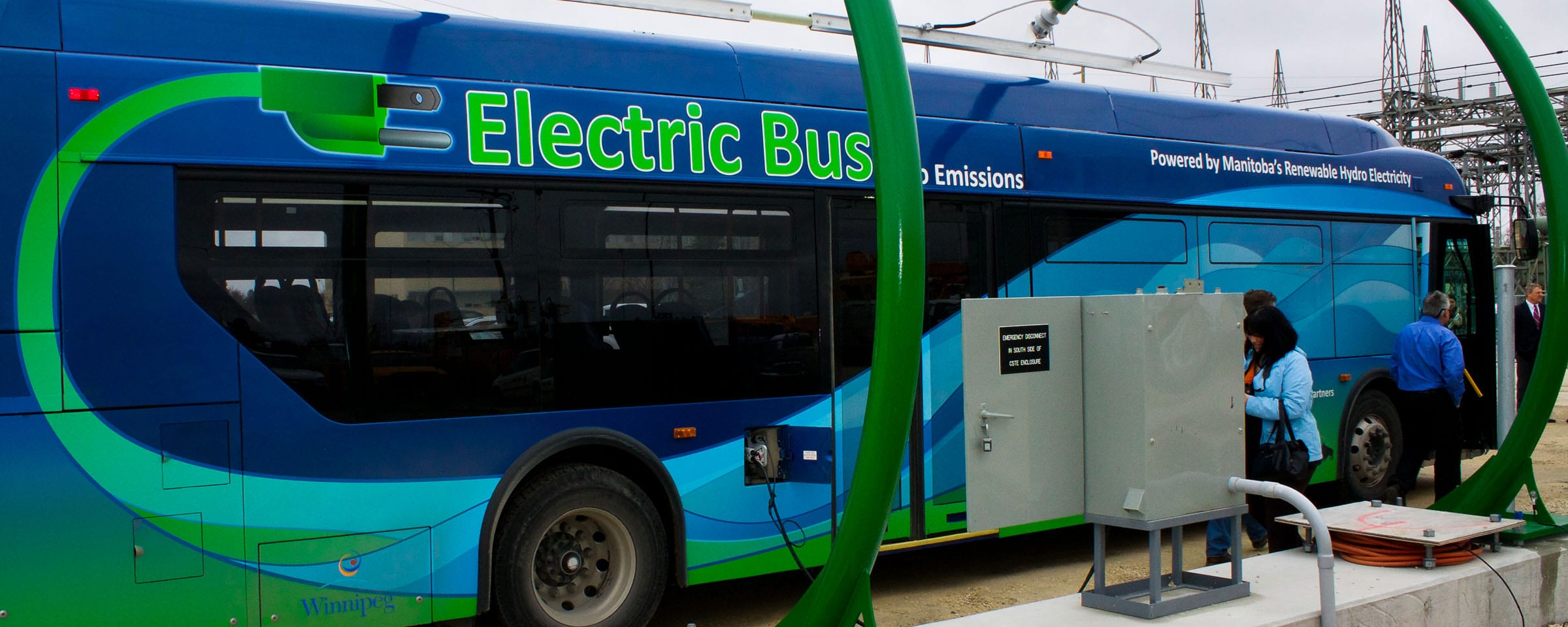Nov. 23 Lunch & Learn: Non-destructive testing with Dr. Noruziaan
 Join Red River College staff, faculty, and students, along with other members of the region’s sustainable infrastructure community to be introduced to the issues related to the aging of ever-increasing complex buildings and infrastructure in developed countries (i.e. Canada and the U.S.,) and the needs of industry in mitigating the adverse effects of infrastructure deterioration.
Join Red River College staff, faculty, and students, along with other members of the region’s sustainable infrastructure community to be introduced to the issues related to the aging of ever-increasing complex buildings and infrastructure in developed countries (i.e. Canada and the U.S.,) and the needs of industry in mitigating the adverse effects of infrastructure deterioration.
Also to be discussed, will be:
- the most applicable non-destructive test (NDT) methods, as well as structural health monitoring (SHM) technologies;
- the role of academic institutions in responding to industry needs; and
- the steps that Red River College continues to take to meet the needs of the civil engineering profession in this critical area.
Dr. Noruziaan has been an instructor at the Department of Civil Engineering Technology of Red River College for the past six years. He obtained his PhD degree in civil engineering with a major in structural engineering from Carleton University. His field of expertise is finite element method and dynamic analysis of structures. He holds the P.Eng designation in the Province of Ontario with his Manitoban P.Eng designation pending.
Dr. Noruziaan has studied the behavior of composites, made partly of recyclable materials like composite bars, plastic wood, glass concrete, and rubber concrete. He has also studied the applications of health monitoring in infrastructure management and maintenance.
He was the technical coordinator of a study group that reported on the standardization of bridge parapets and roadside barriers to the Government of Hong Kong. He has experience in geotechnical and structural engineering, analysis of geotechnical lab reports, deign of steel frames, power transmission lines and concrete foundations. With a few years of industrial experience in the high-tech industry, another field of his interest is the applications of information technology in civil engineering.
Time: 12:00 p.m. – 12:45 p.m.
Venue: Red River College, 2055 Notre Dame Ave., Room A137
Please register by Monday, Nov. 21, 2011
Please register by contacting:
Brent Wennekes
Technology Transfer & Communications Manager
Applied Research & Commercialization
Red River College
bwennekes@rrc.mb.ca









